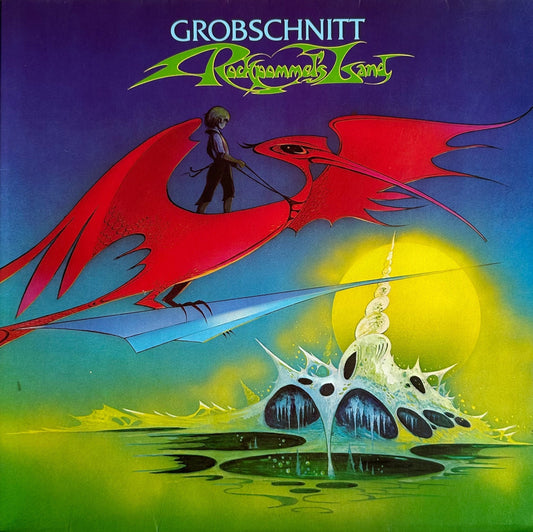Whenever a conversation comes around to Class D amplifiers, they will inevitably be referred to as digital power amplifiers; a common mistake. They are not digital power amplifiers. They are as analog as class A and Class A/B amplifiers and it's important to understand the distinction lest they get a bad rap merely by their name (although it's still a mystery to me why "digital" associated with an amp is looked down upon).
What one can say about a Class D amplifier is their method of operation is clearly different than that of a traditional power amp and, of course, they are far more efficient because their transistors are either on or off (like a digital amp), yet they are still analog. What gives?
How could a power amp whose output transistors are either on or off (and no where in between) be classified as analog which, by definition, means the sound is not broken up into small defined quanta or bits?
This new series will explain this great mystery and set the record straight for those of you interested. But first I want to start with what we consider a traditional power amplifier and then we'll move on to Class D.
Tomorrow we'll start with an overview of the many classes of amps and what they mean.








